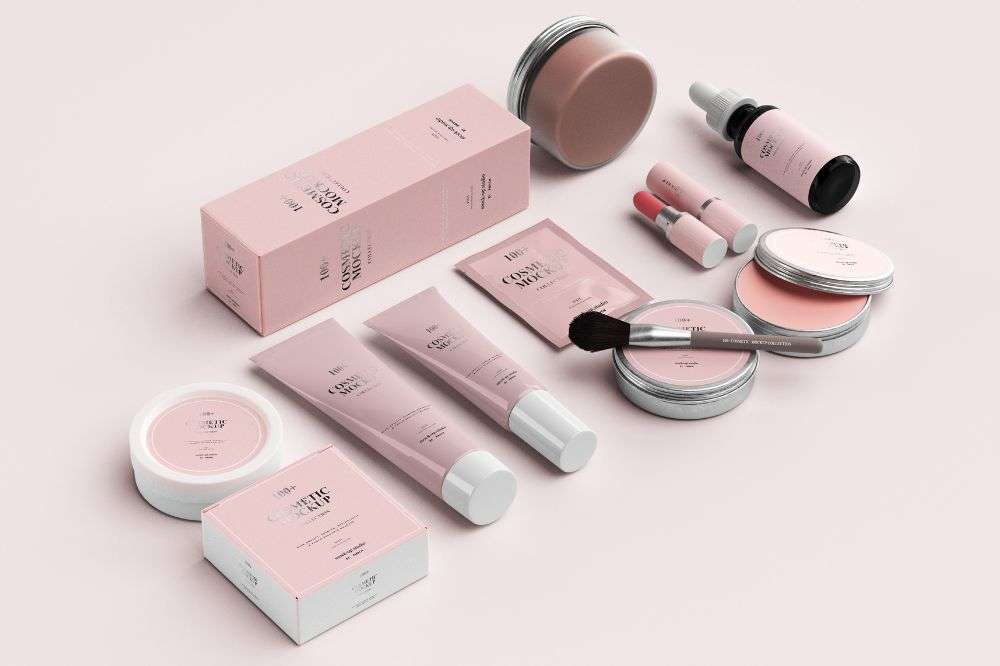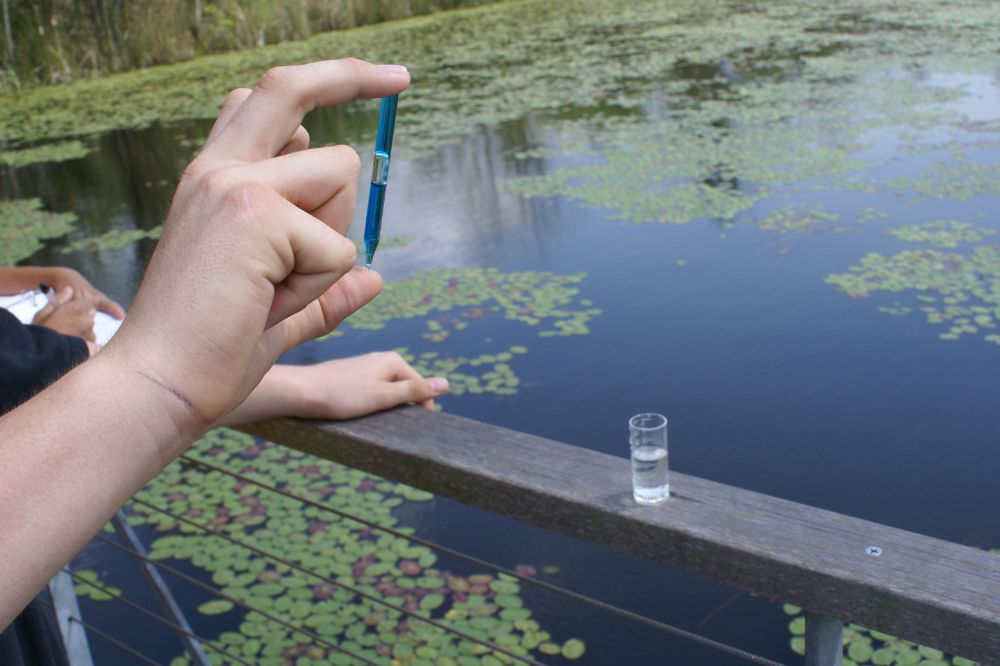In today’s market, consumers are becoming increasingly conscious about the products they use on their bodies. This has led to a growing demand for cosmetics and personal care products that are not only effective but also safe for use. To ensure the safety and quality of these products, regulatory bodies around the world have established guidelines and requirements that manufacturers must adhere to. In this blog post, we will explore the importance of testing cosmetics and personal care products to achieve regulatory requirements.
1. Understanding Regulatory Requirements
Before diving into the testing process, it is crucial to have a clear understanding of the regulatory requirements that apply to cosmetics and personal care products. These requirements vary from country to country and may include restrictions on certain ingredients, labeling guidelines, and safety assessments. Familiarizing yourself with these regulations will help ensure that your products meet the necessary standards.
2. Safety Assessments
One of the primary objectives of testing cosmetics and personal care products is to assess their safety for consumer use. Safety assessments involve evaluating the potential risks associated with a product’s ingredients and formulation. This includes assessing the potential for skin irritation, allergic reactions, and other adverse effects. Testing methods such as patch tests and in vitro studies are commonly used to determine the safety profile of a product.
3. Ingredient Analysis
Testing cosmetics and personal care products also involves analyzing the ingredients used in their formulation. This is done to ensure that the ingredients are safe, compliant with regulations, and accurately labeled. Ingredient analysis may include testing for the presence of prohibited substances, and potential contaminants, and the accurate listing of ingredients on product labels.
4. Stability Testing
Stability testing is essential to ensure that cosmetics and personal care products remain safe and effective throughout their shelf life. This testing involves subjecting the products to various conditions such as temperature and humidity to assess their stability and determine their expiration dates. Stability testing helps manufacturers understand how their products may change over time and ensures that they remain safe for consumer use.
5. Microbiological Testing:
Microbiological testing is crucial in assessing the microbial quality of cosmetics and personal care products. This testing helps identify potential microbial contaminants that may pose a risk to consumer health. It involves testing for the presence of bacteria, yeast, mold, and other microorganisms. Microbiological testing is particularly important for products that come into direct contact with the skin, such as creams, lotions, and makeup.
6. Performance Testing:
In addition to safety and regulatory compliance, consumers expect cosmetics and personal care products to deliver on their intended promises. Performance testing is conducted to evaluate the efficacy and performance of these products. This may include testing for factors such as moisturizing ability, sun protection, wrinkle reduction, and overall product performance. Performance testing ensures that products meet the claims made by manufacturers and provide the desired benefits to consumers.
7. Compliance with Labeling Requirements
Testing cosmetics and personal care products also involves verifying compliance with labeling requirements. This includes ensuring that product labels accurately represent the ingredients, usage instructions, warnings, and any other necessary information. Testing may involve reviewing label claims, verifying the presence or absence of certain ingredients, and assessing the overall accuracy and clarity of product labeling.
Conclusion
Testing cosmetics and personal care products is crucial to ensure their safety, efficacy, and compliance with regulatory requirements. By conducting thorough testing, manufacturers can provide consumers with products that meet the necessary standards and instill confidence in their use. Additionally, testing helps manufacturers identify and address any potential issues before the products reach the market, ultimately contributing to the overall safety and quality of cosmetics and personal care products. Remember, it is essential to stay up-to-date with the latest regulatory requirements and testing methods to ensure that your products are compliant and meet the highest standards of safety and quality.















